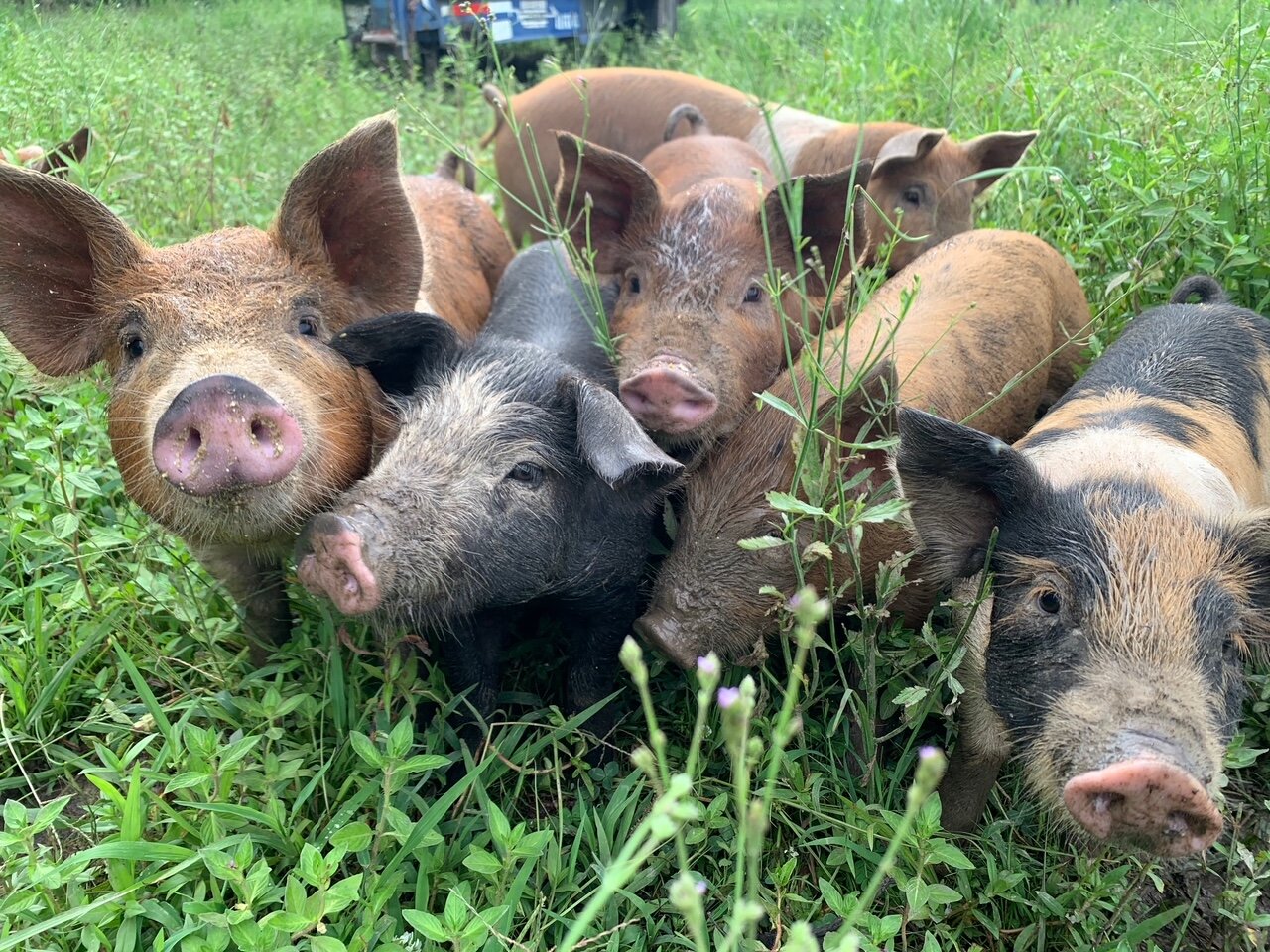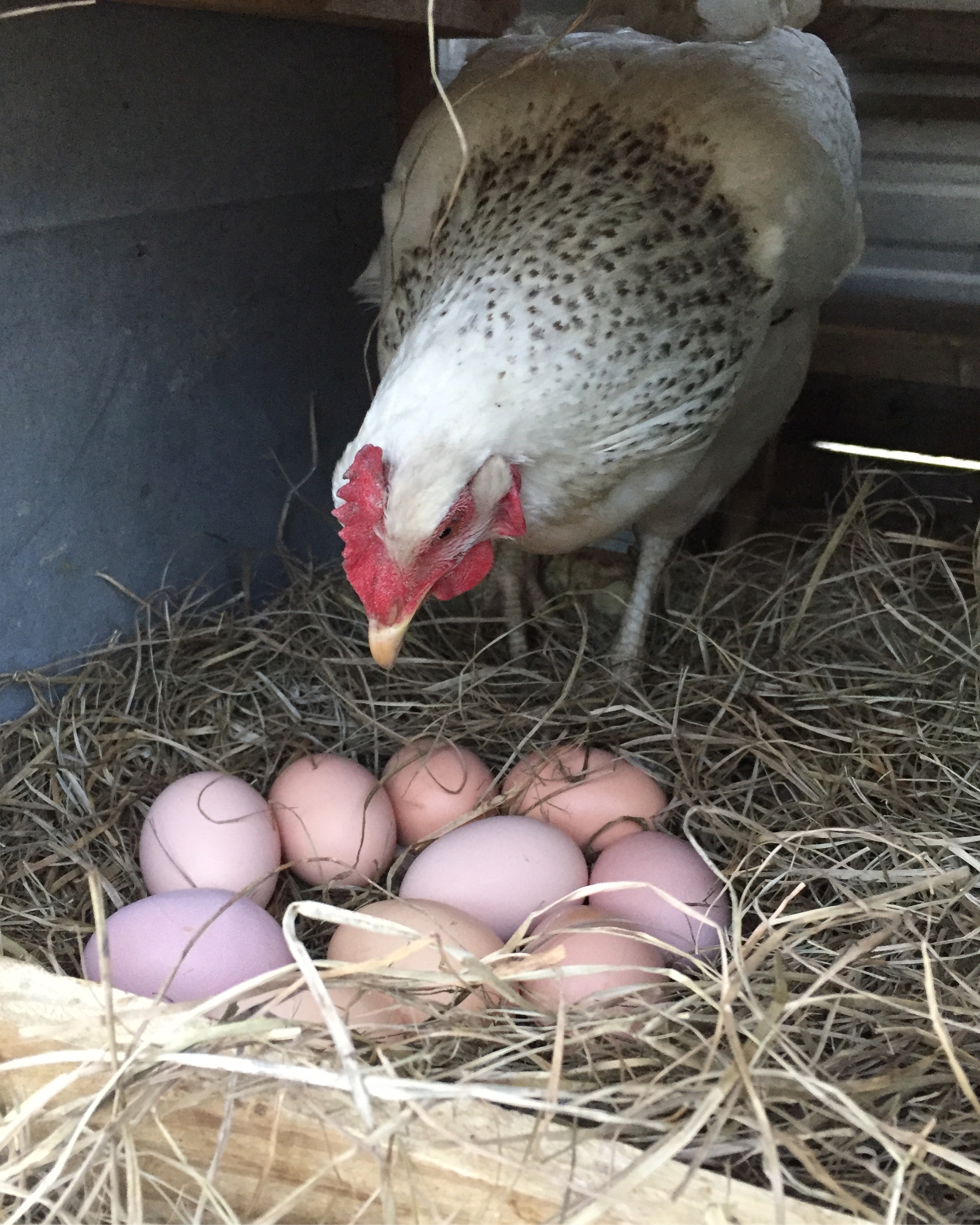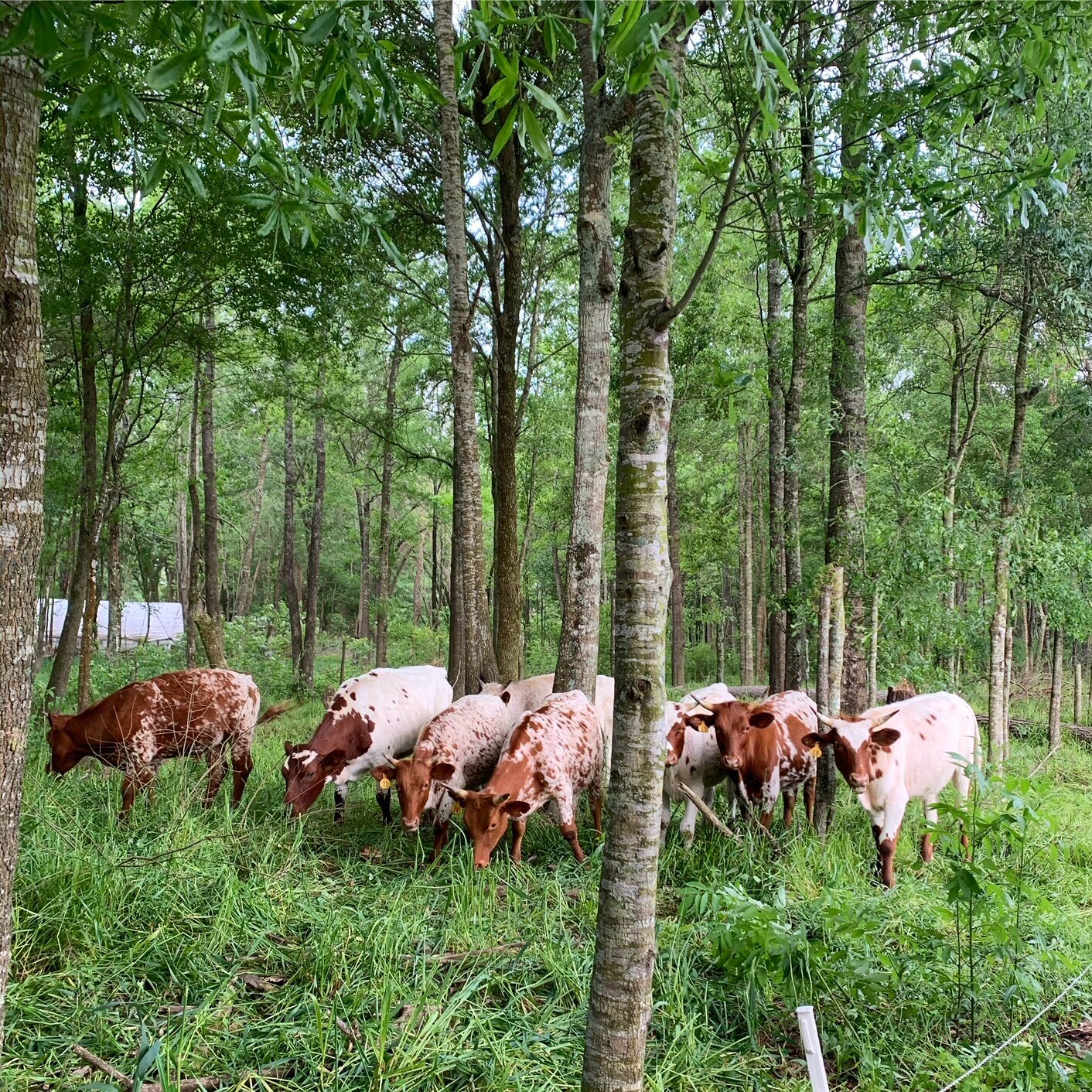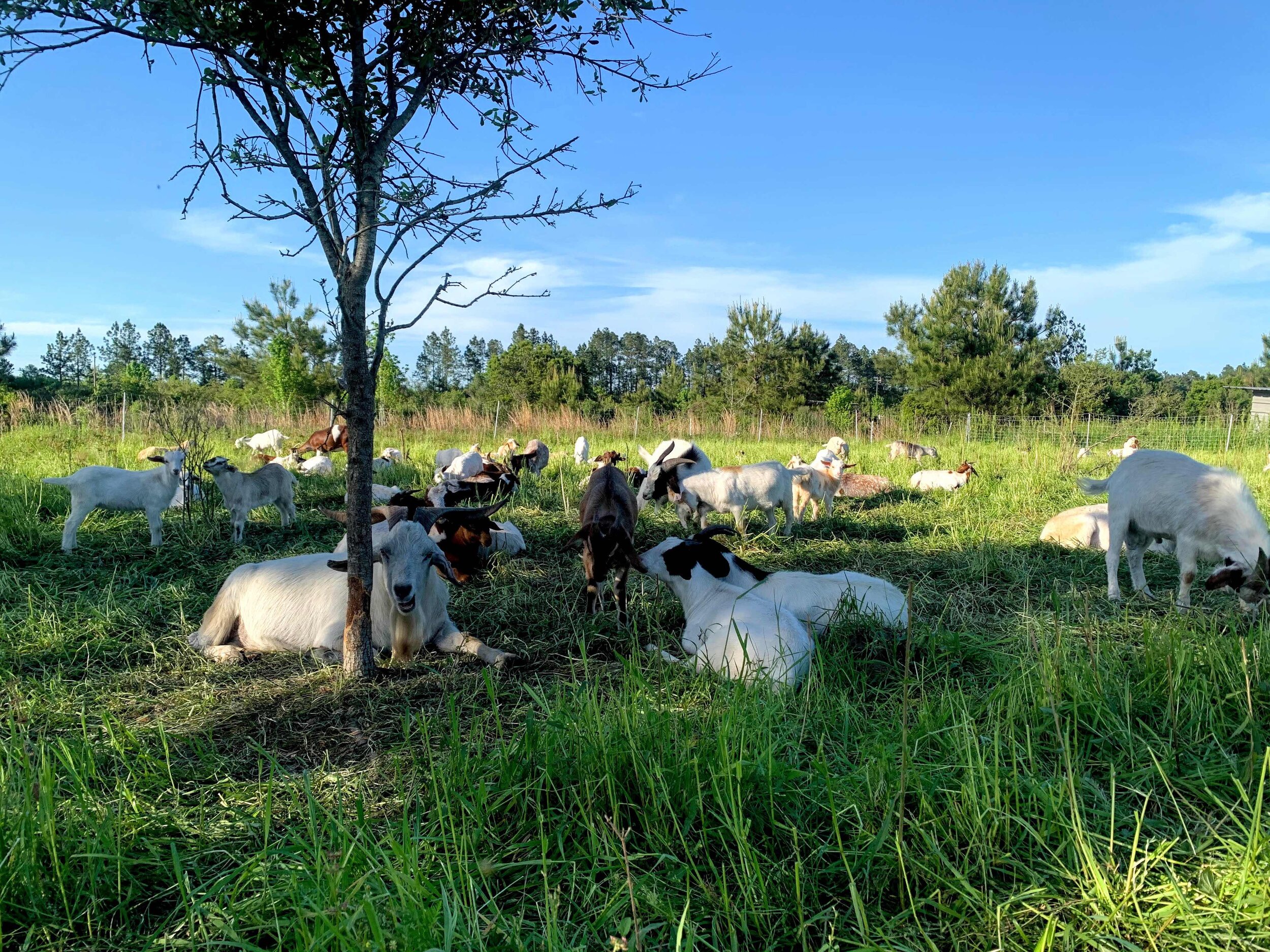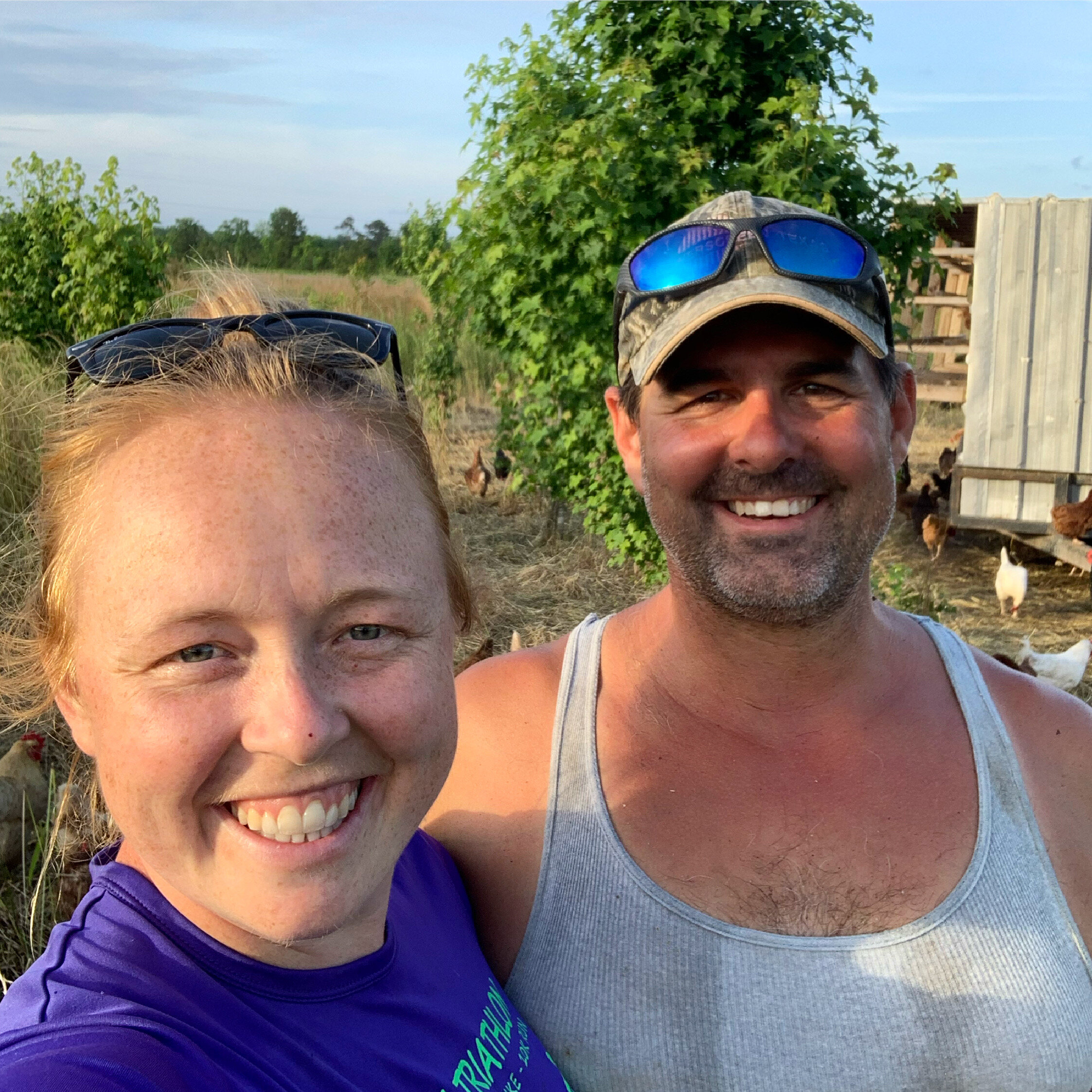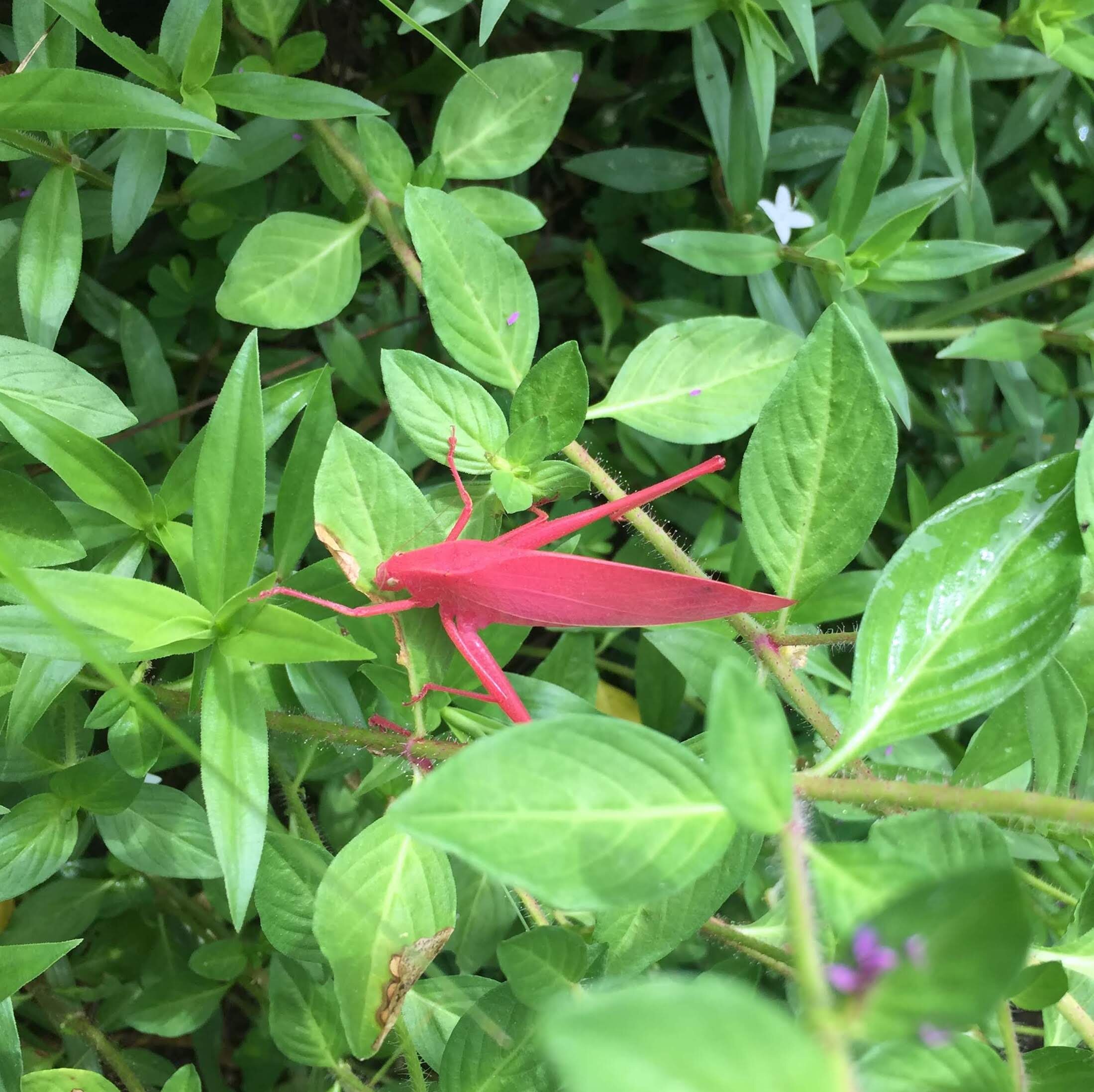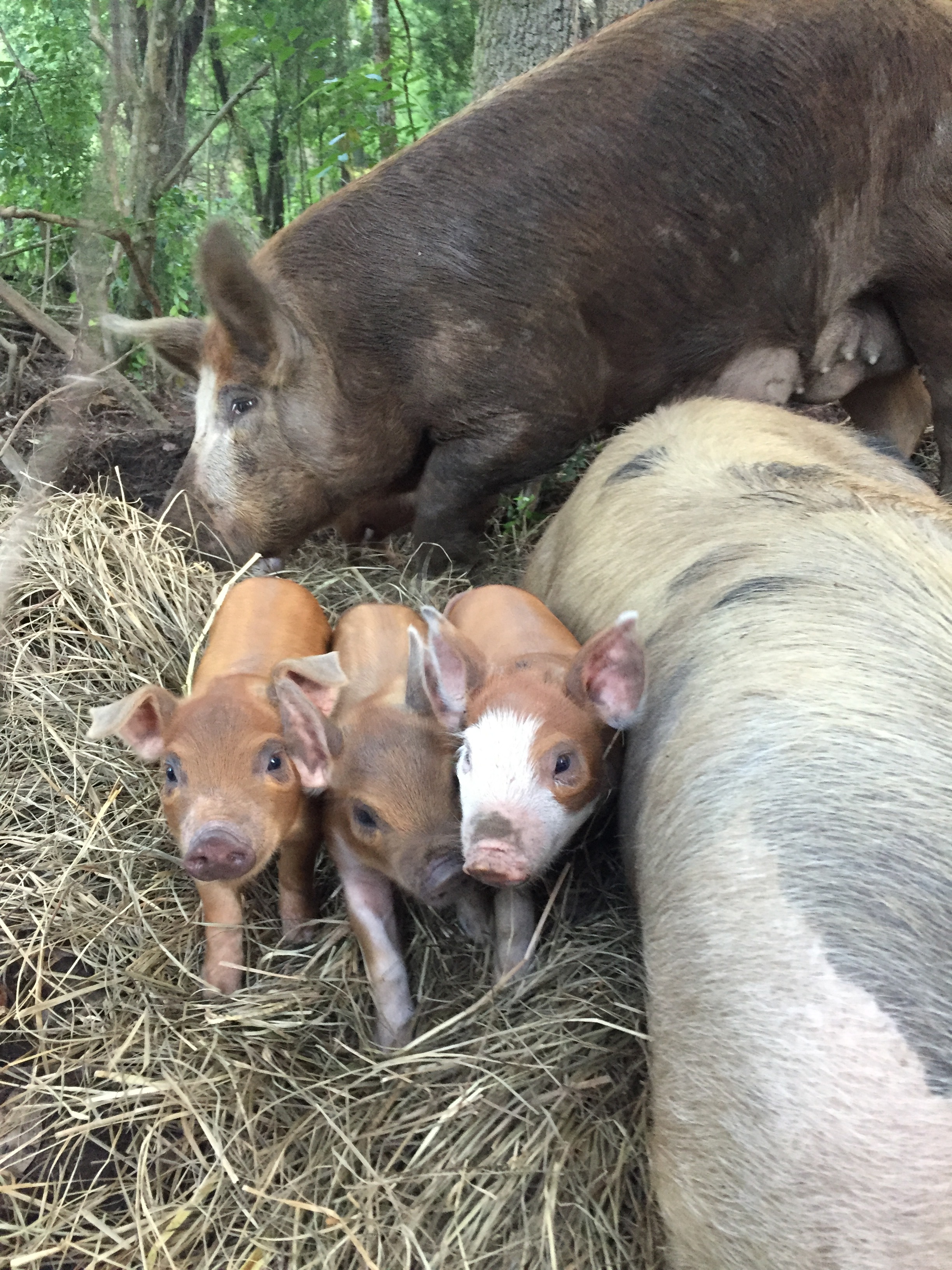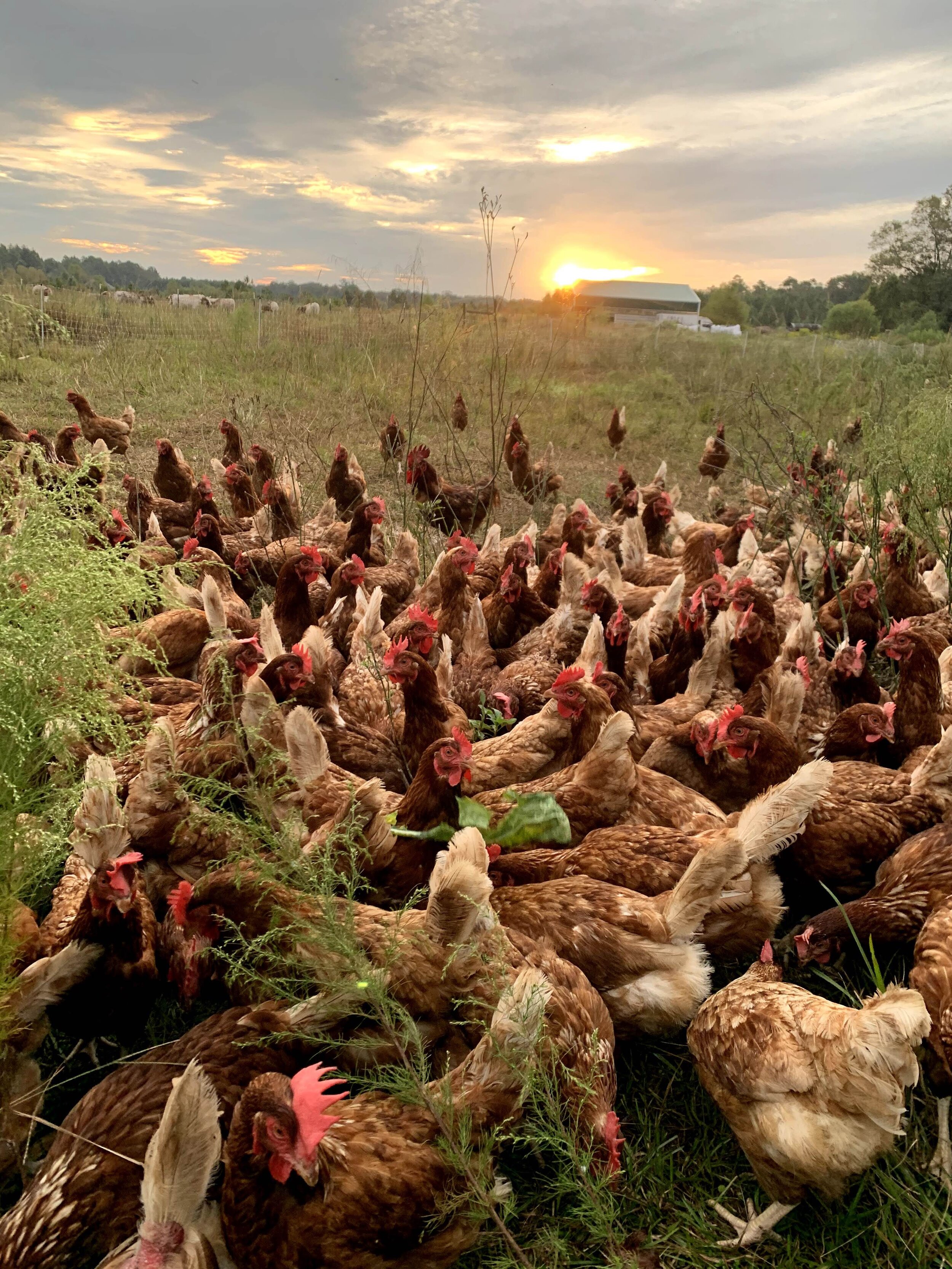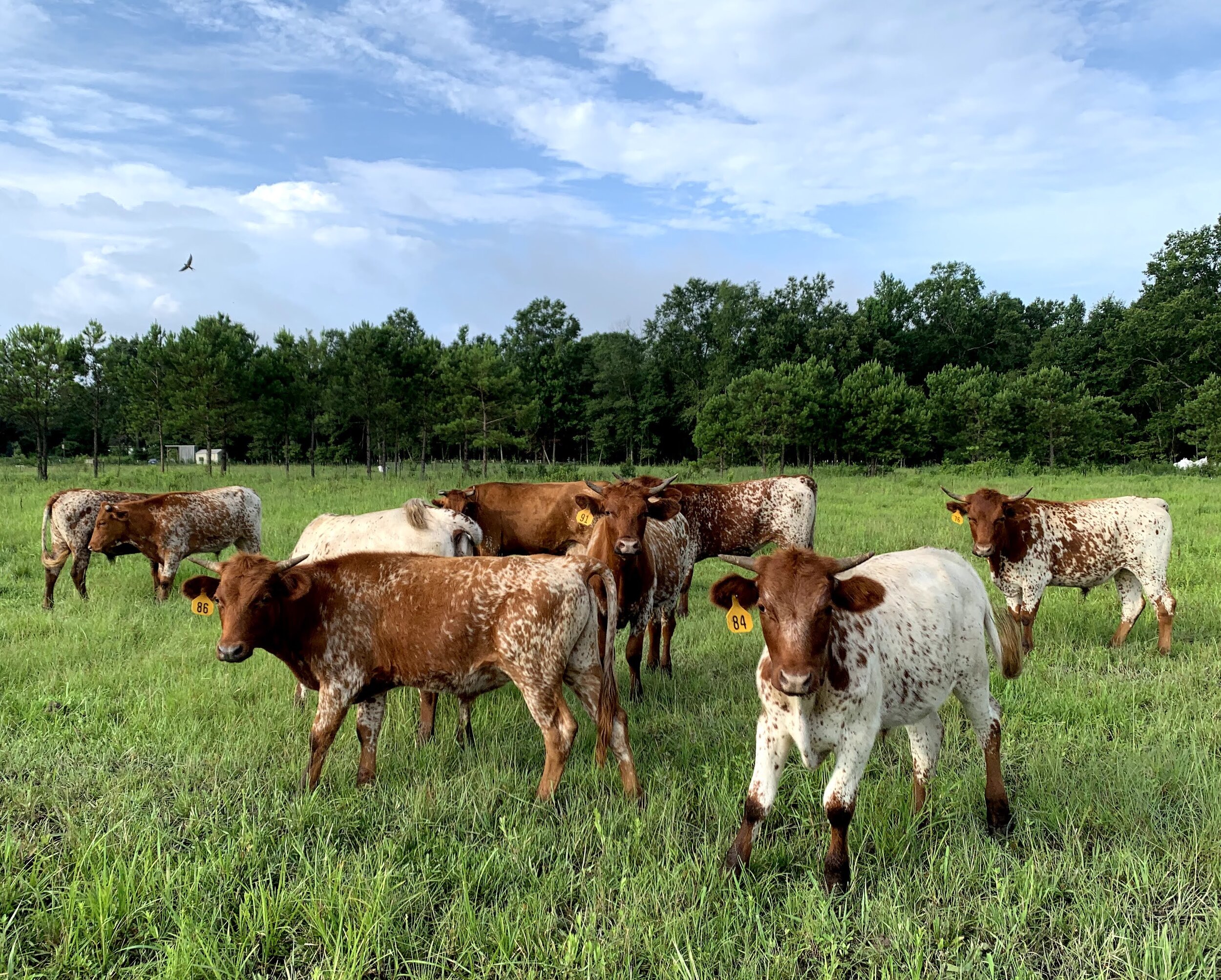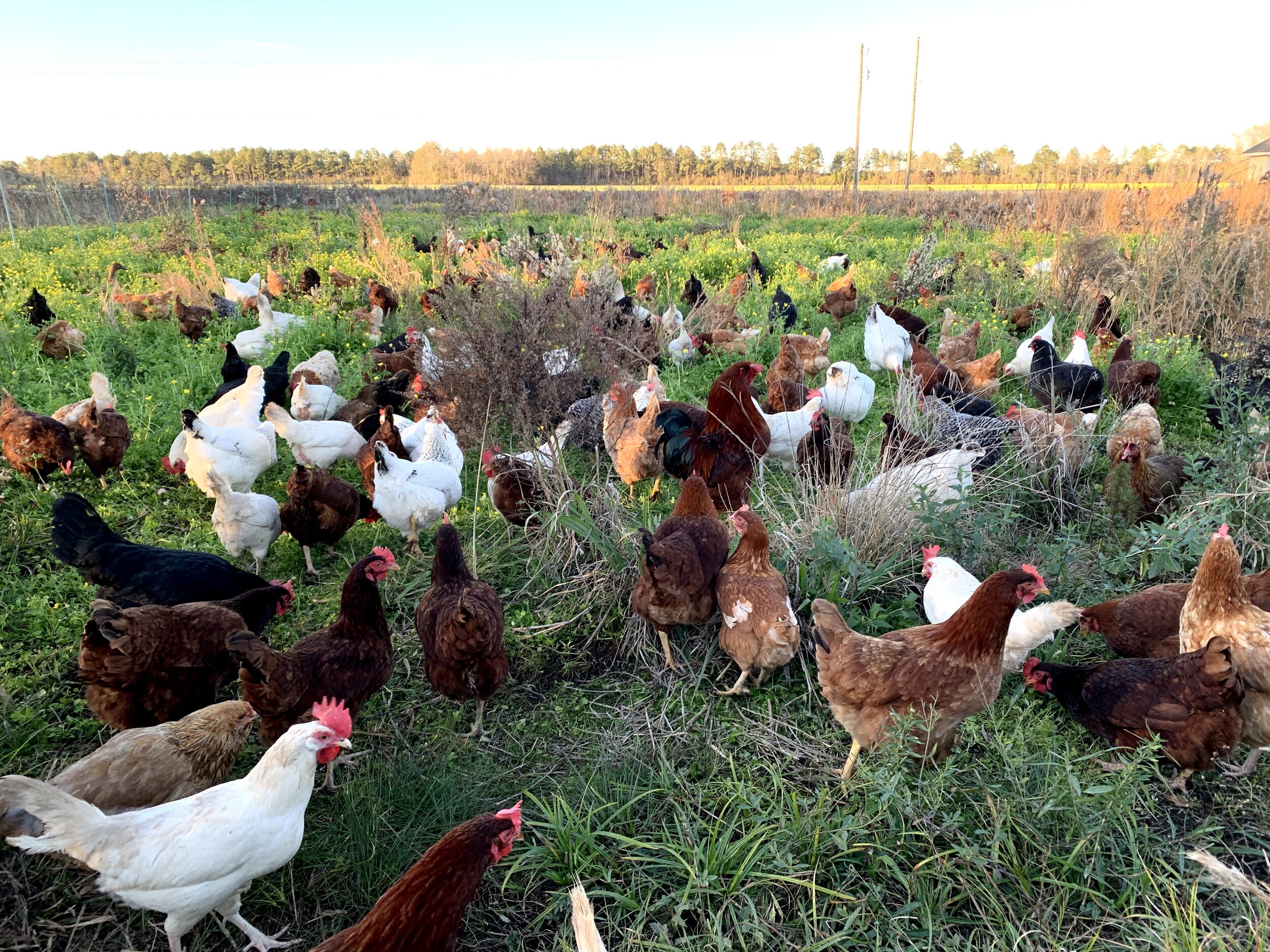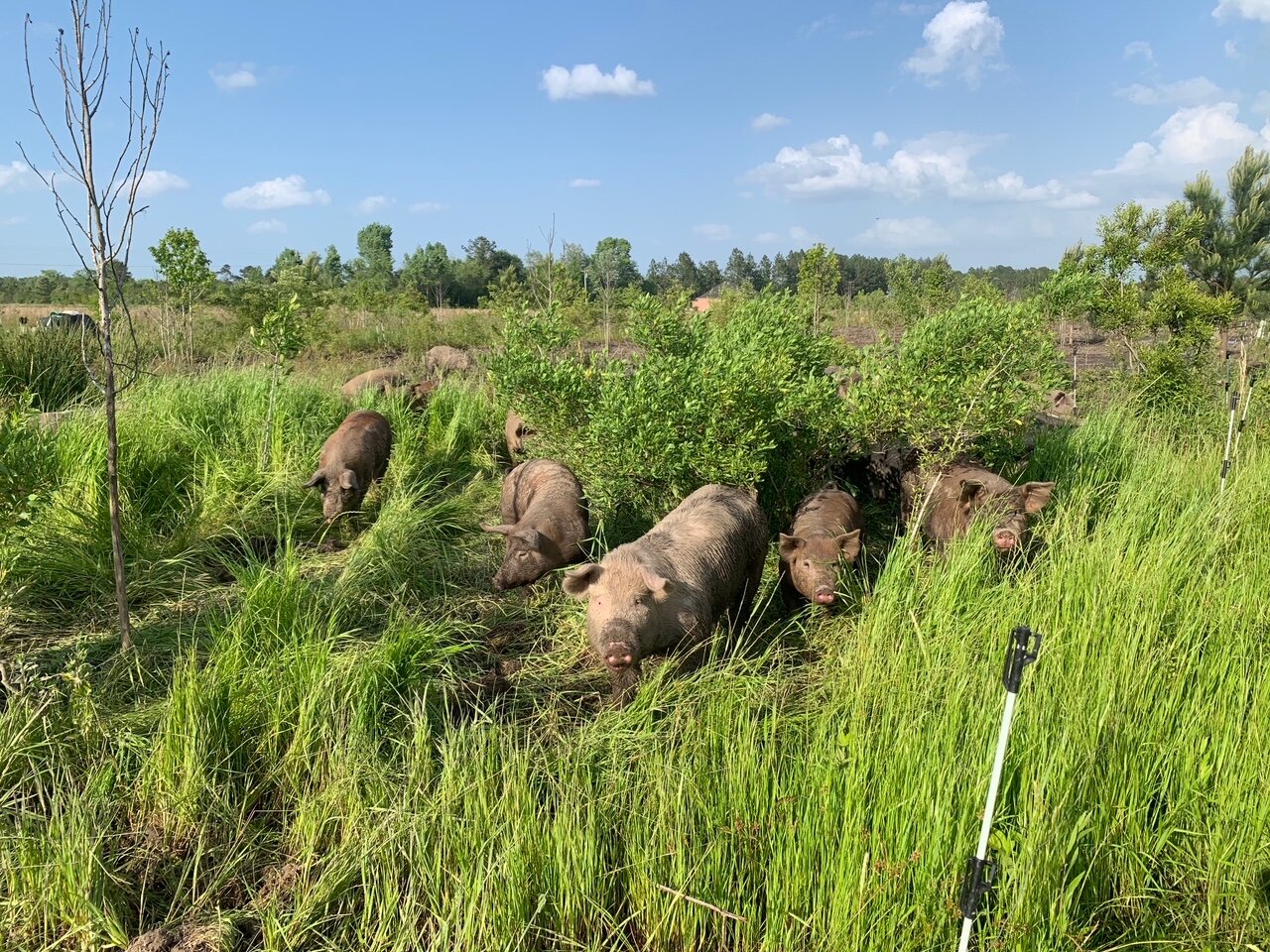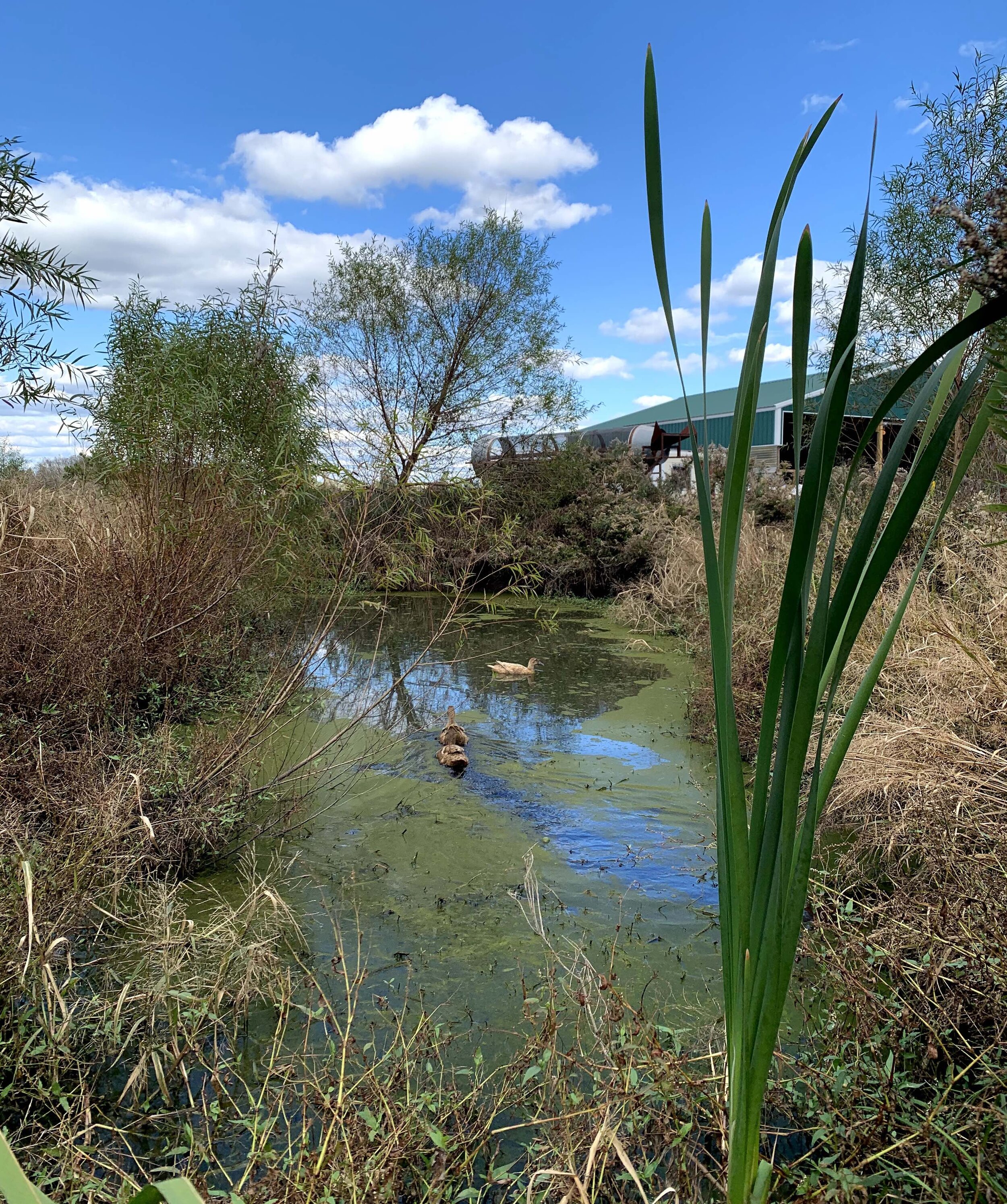Local Cooling Farms
We believe that when we look to nature as our guide, we can produce nutrient-dense food in a way that restores and regenerates the soil and our ecosystem versus depleting it.
On 60 acres of land south of Bogalusa, we are building our farm from the ground up (literally)! Because grazing animals (especially ruminants like cattle and goats) on pasture and silvopasture can actually sequester carbon back into the soil, our name name reflects our mission to practice regenerative agriculture methods that reverse global warming and climate change rather than contribute to it.
When we bought the 16 acres of land that has become Local Cooling Farms in 2014, it had no house, barn, or structures of any kind on it (today we also lease 44 acres adjacent or our property, too). It had been left fallow for years as a failed subdivision prior to decades of conventional row cropping. Needless to say, this type of agriculture almost completely stripped the soil of nutrients. The wooded half of the acreage hadn’t been managed in years, either, so it was dark, overgrown with invasive species like Chinese privet, full of swarms of mosquitoes and beautiful oak trees were at risk of being crowded out by weak, diseased, broken and generally less desirable trees.
On the pasture, we got to work rotating hogs and chickens to eat and trample down overgrown shrubby plants, drop nutrient-rich manure and scratch and peck (chickens) or root (pigs) the top layer of soil to kick up a dormant seed bank and introduce vital nutrients back into the soil.
We tasked a herd of goats to both graze the pasture and help us begin clearing shrubs and trees in the woods and turn the land into viable silvopasture. Today we also graze a small herd of beef cattle seasonally as the pastures have returned to better soil health and can grow more palatable grasses and forbs that the cattle like to eat!
To direct rainfall in low laying areas, we dug some ponds, which quickly turned into one of the most amazing areas of the land. When we first arrived at the farm, we didn’t even hear field crickets, or see many birds of any kind. By digging the ponds, filling them naturally and rotationally grazing the livestock around it, we’ve seen (and heard) a whole slew of wildlife return: crickets, katydids, beetles, frogs, toads, snakes, turtles, birds of all kinds, including egrets and migratory ducks, and even fish in the pond (which get there as eggs, transported on the legs of birds!).
The farm is also home to our composting and garden soil mixing, screening and bagging operation. Our main inbound waste stream is coffee grounds from an iced coffee concentrate company that we blend with pine fines and/or hard wood mulch to create our different soil and compost blends. We also have a vermiculture and vermicomposting operation and compost the chicken litter (manure and bedding) from our chicks and pullets. We raise our juvenile chickens in a deep litter system from one day old to 5 months old when they move out to their mobile chicken coops on pasture.
Regenerative Practices
Our farm model centers on maximizing nutrient cycling (nature’s loop of production, consumption and decomposition) and raising livestock with respect and integrity, allowing them to express their true nature (chickens scratch, pigs root, cattle graze, goats browse).
Our primary goals are to:
Grow nutrient-dense food for people
Raise livestock with dignity, care and transparency
Recycle some of our community’s agricultural residuals
Rebuild a healthy ecosystem on our property and the surrounding acreage
Sequester carbon back into the soil (hence the name!)




